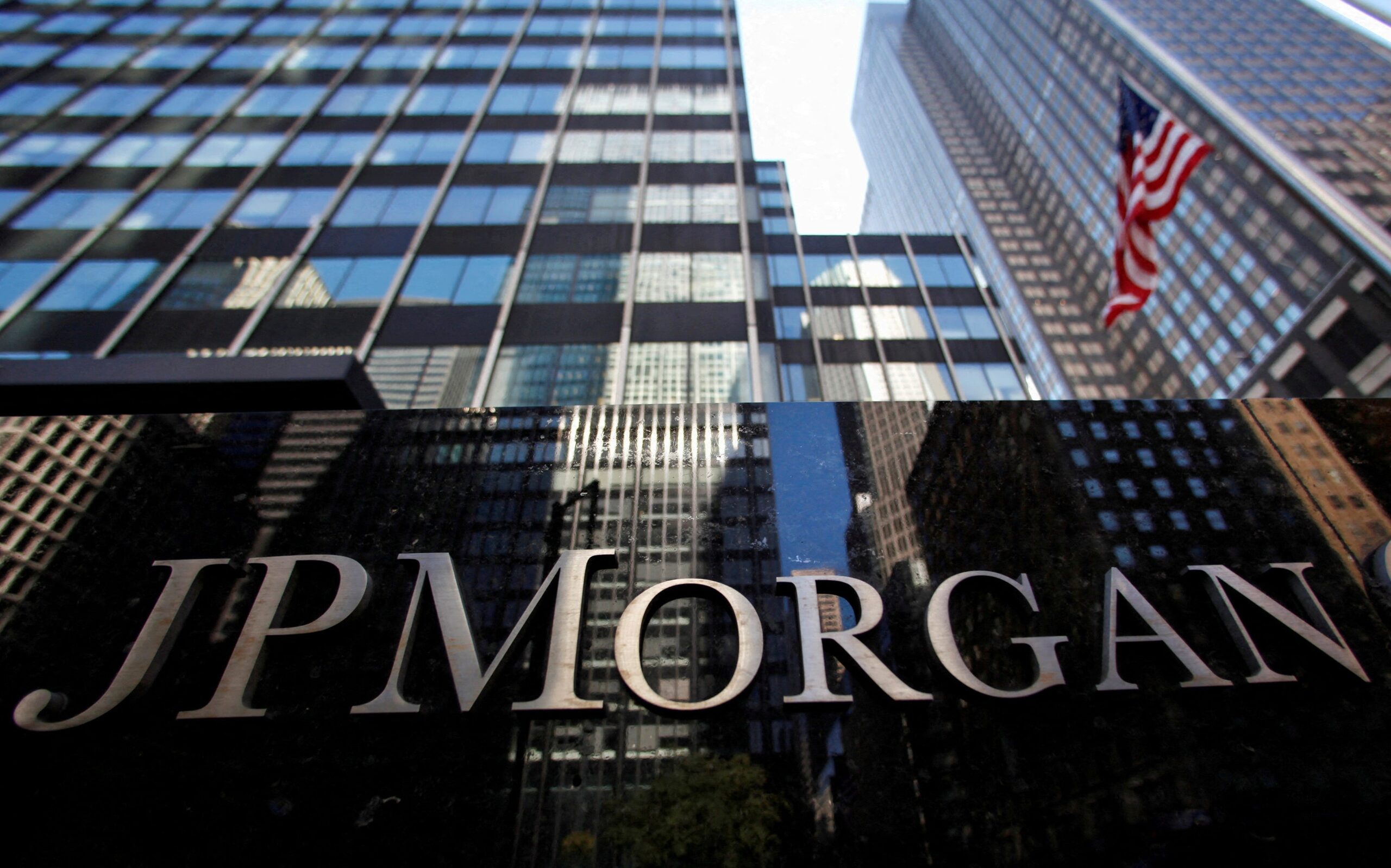
JPMorgan Chase Expands its Direct Lending Empire with a $50 Billion Allocation
Introduction
In a strategic move to bolster its presence in the burgeoning private credit market, JPMorgan Chase has announced the allocation of an additional $50 billion to its direct lending initiatives. This move reflects the growing recognition among traditional lenders of the significant opportunities in this rapidly expanding asset class.
Traditional Lenders Embracing Private Credit
Traditional lenders, including JPMorgan, Citigroup, and Wells Fargo, are actively pursuing a larger share of the private credit market, which has historically been dominated by private capital providers. The expected growth of this market to $3 trillion by 2028, according to Moody’s, has fueled increased momentum in this sector.
JPMorgan’s Significant Investments
Since 2021, JPMorgan has deployed over $10 billion across more than 100 private credit transactions, catering to corporate and sponsor clients. The bank has also fostered partnerships with multiple co-lending entities, which have contributed an additional $15 billion to its private credit portfolio.
Kevin Foley, global head of capital markets at JPMorgan, highlighted the benefits of combining the bank’s origination platform with its lender client base. This collaboration has significantly amplified the bank’s ability to meet borrower needs and generate deal flow for lenders.
Banks Collaborating with Investment Firms
To further penetrate the private credit market, banks are increasingly seeking alliances with investment firms. Citigroup partnered with Apollo for a $25 billion private credit platform, while Wells Fargo joined forces with Centerbridge Partners on a $5 billion direct lending fund.
Private Credit Market Dynamics
The private credit market has gained prominence due to its ability to provide investors with attractive risk-adjusted returns, particularly in a low-yield environment. Private credit investments typically involve lending to non-investment-grade borrowers or providing mezzanine financing, offering higher yields compared to traditional bank loans.
Additionally, the private credit market is characterized by its flexibility and customized approach. Private lenders can tailor loan terms and structures to meet the specific needs of borrowers, providing greater flexibility than traditional bank financing.
Benefits for Borrowers and Lenders
The expansion of the private credit market has created numerous benefits for both borrowers and lenders.
Borrowers:
- Access to alternative sources of capital
- Customized financing solutions tailored to their needs
- Potential for lower borrowing costs compared to traditional bank loans
Lenders:
- Diversification of their loan portfolios
- Enhanced yield opportunities in a low-rate environment
- Collaboration with experienced investment firms
Conclusion
JPMorgan Chase’s $50 billion allocation to its direct lending initiatives is a testament to the growing importance of private credit in the financial landscape. As traditional lenders continue to embrace this asset class, the private credit market is poised for further growth and diversification. The strategic alliances between banks and investment firms are expected to play a significant role in driving this expansion, providing borrowers with innovative financing solutions and offering lenders attractive investment opportunities.
